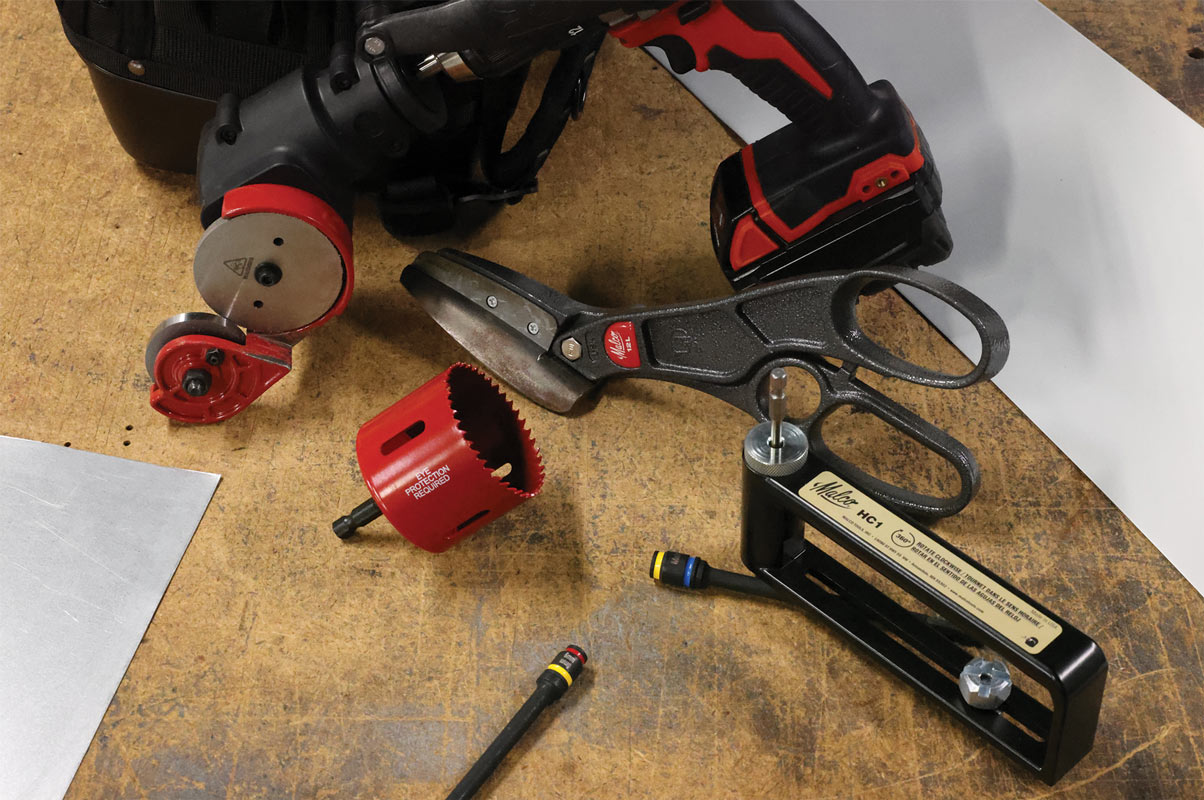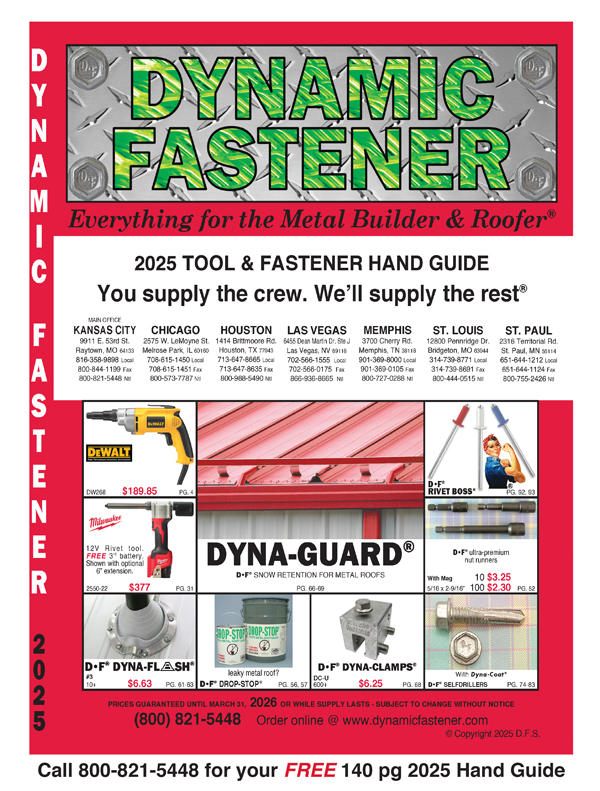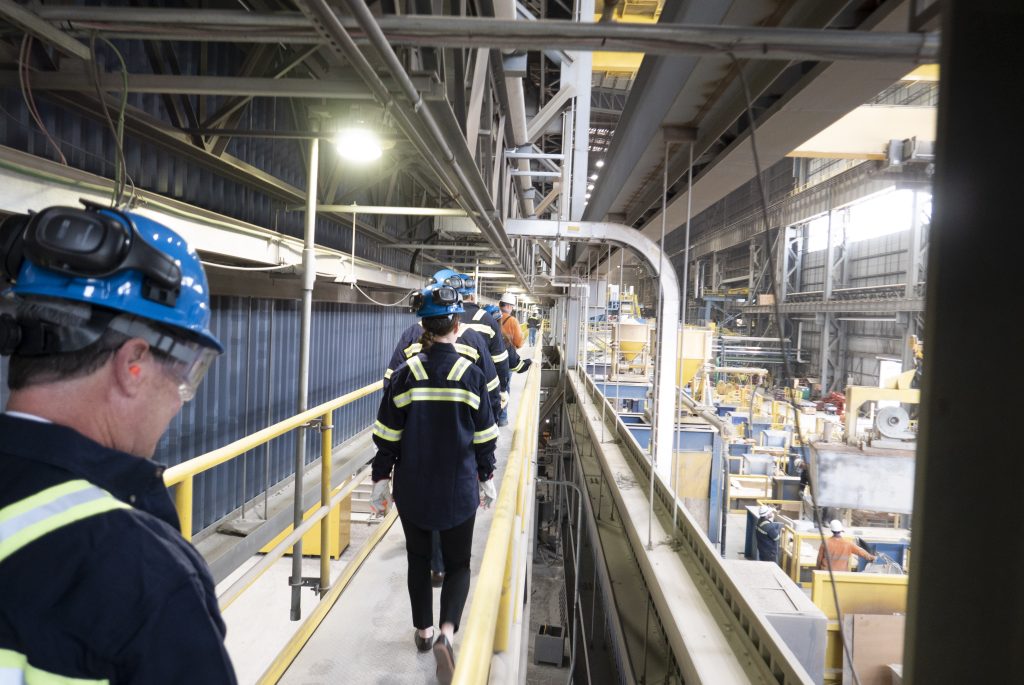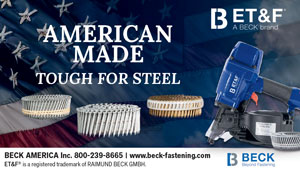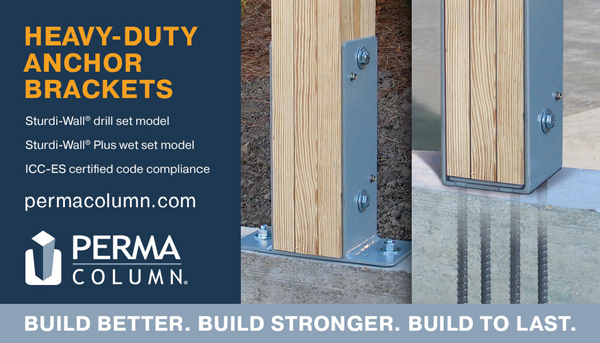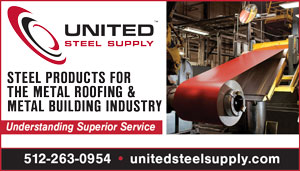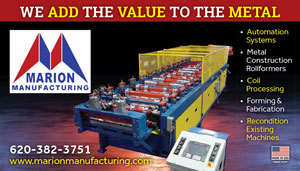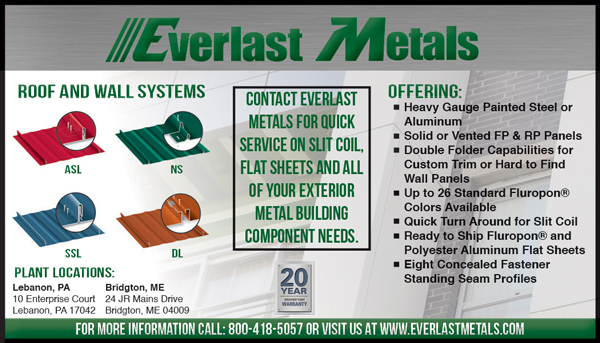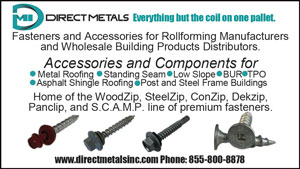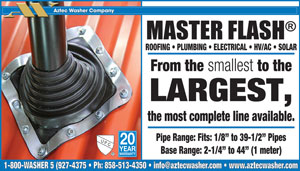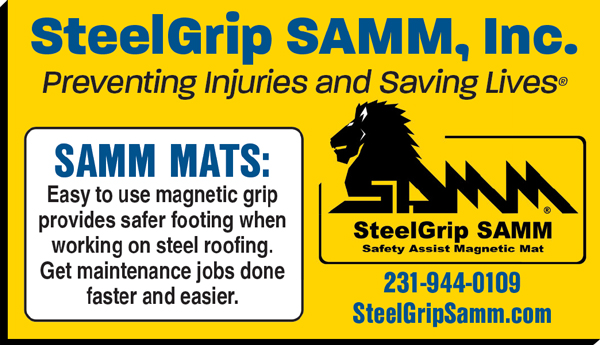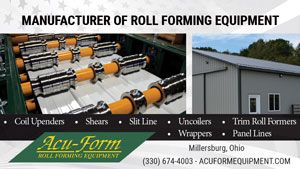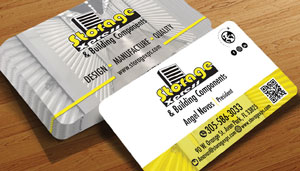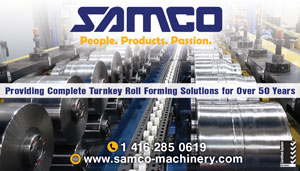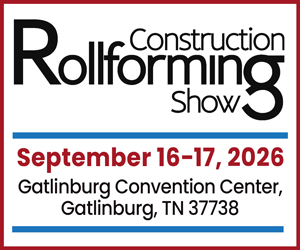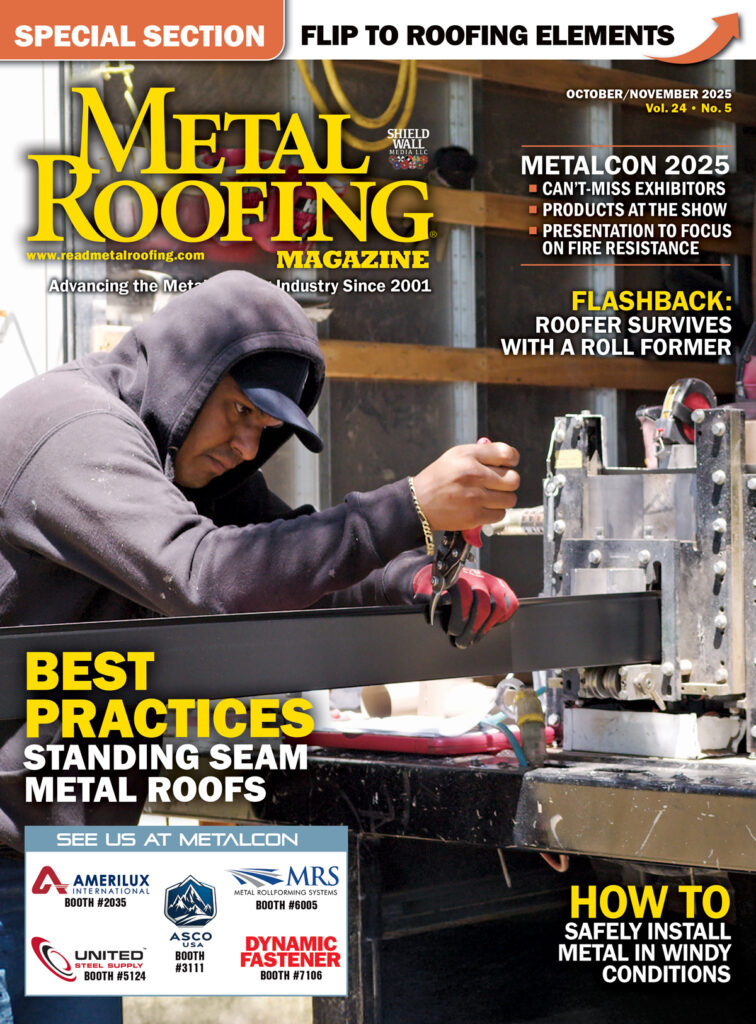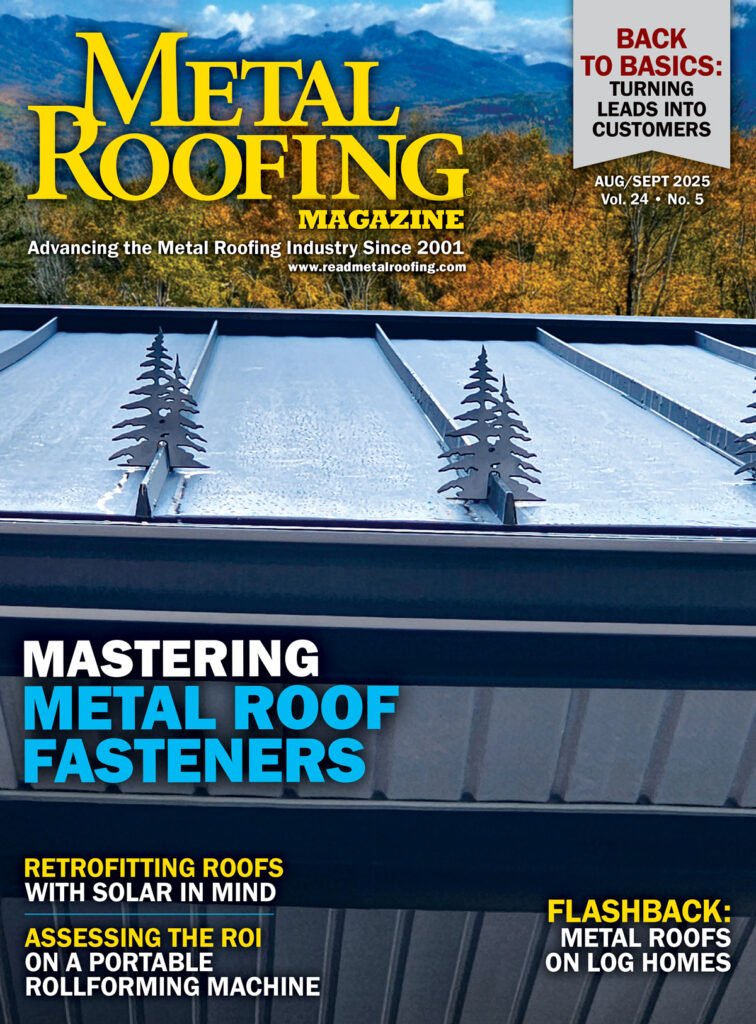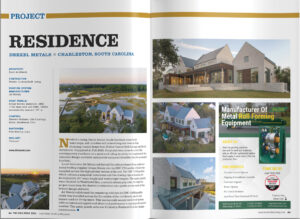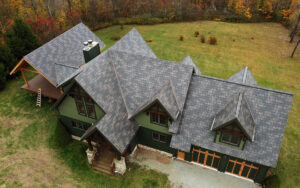’I’m lucky to have one of the best jobs in the world. Every day I get to play with different “toys” at work—whether they’re tools for sheet metal, HVAC or pulling water out of a unit. I’ve been lucky enough to work across a wide variety of industries over my 27-year career, and what I’ve learned along the way is simple: diversification isn’t just a smart move for contractors, it’s essential.
If you’re in the metal construction world—roofing, siding or sheet metal fabrication—there’s an incredible opportunity sitting right in front of you. HVACR (Heating, Ventilation, Air Conditioning, Refrigeration) work is in high demand and if you’ve already got the tools and skills, adding HVACR-related capabilities to your business could be easier than you think.
Getting Started with HVACR
I grew up on a farm, so I started working with metal early. I had to do my own sheet metal work for roofing and all kinds of jobs. From there, I studied automotive engineering, designed trucks, worked on backup systems for nuclear and medical applications and PGA golf events before moving into HVAC sizing and mechanical engineering.
One thing that became clear in all of these roles is how deeply HVACR touches every type of building. Heating systems can be as simple as a rooftop gas burner or as complex as centralized boilers for an entire campus. Ventilation strategies determine whether heat moves effectively through a building—or not. And today’s air conditioning systems, especially with the growth of heat pumps, aren’t just about cooling anymore. They transfer heat in both directions, even pulling warmth from freezing outdoor air to heat a space indoors.
On the refrigeration side, I’ve worked in food distribution facilities where the entire building is one massive freezer. If you’re working in metal, you might not realize it yet, but you’re already halfway to contributing to systems like these.
Ventilation = Sheet Metal
Ventilation is one of the biggest areas of opportunity where sheet metal trades can step right into HVACR. Natural ventilation uses the structure of a building to move air through, while mechanical ventilation uses fans to push and pull air via ductwork. And ductwork is sheet metal. This is your domain.
When a system isn’t designed properly—say the ducts are too narrow or too wide—you get inefficiencies, noise, or worse, stagnant air that doesn’t move at all. Balanced ventilation means your ducts are sized right, the supply and return flows are matched and every room gets what it needs. That’s not just HVAC. That’s precision metalwork.
Seal It or Lose It
Let’s talk duct sealing. If you’ve got leaky ducts, air goes where it shouldn’t. That’s wasted energy, uncomfortable rooms and possible health risks due to dust or mold entering the system.
There’s a nationwide code in place now requiring ducts to be sealed with either mastic or tape. This applies to residential and commercial systems alike. If you’re seeing sloppy HVAC installations out there with unsealed ducts, they’re not meeting code and you might just have an opportunity to step in and offer a better solution.
The Retrofit Opportunity
Not all jobs are new builds. Retrofitting older buildings with energy-efficient systems is a huge and growing market. With better sealing, rebalanced airflows and clean coils, you can often improve a system’s performance without replacing the whole unit.
Back in the 1980s, a furnace with 84% efficiency was considered top tier. Today, we’re seeing 96%+ efficiency ratings. That means buildings don’t need the massive units they used to—smaller, smarter systems can do more with less. This shift often requires new duct sizing, layout changes and sheet metal adaptations. That’s more work and more opportunity, for experts who know their way around metal.
From Roofer to HVAC Fabricator
Here’s the best part: if you’re making roof panels or siding, you already have the tools you need to fabricate HVAC ductwork. Whether it’s reducers, elbows or long runs of rectangular duct, these are all things that can be built in a metal shop.
Even if you don’t want to handle the installation work, you can fabricate custom pieces for HVACR contractors and general contractors. You can turn around orders fast, locally and to spec. A six-inch offset on an elbow might not be worth a custom order from a national supplier, but for you? That’s just another Tuesday.
Malco even makes tools like the TurboCrimper that help convert standard tubes into connections ready for install—tools that attach right onto the drill you already use on roofing jobs.
Certification and Next Steps
If you’re planning to move from fabrication into full system installations, you’ll want to check on licensing requirements in your area. Dealing with refrigerant? You’ll need EPA 608 certification.
Beyond that, I highly recommend looking into HVACR training programs like those offered through North American Technician Excellence or HVAC Excellence. They offer courses on everything from basic ventilation to complex refrigeration systems, and they’re well respected in the industry.
Remember, even the best HVAC system won’t work properly if the building envelope isn’t doing its job. Poor insulation or air leaks—especially at the roof level—are like leaving the refrigerator door open. And design details matter: things like window placement, shading and facade materials all affect HVAC performance. These are the kinds of system-wide effects that training helps you anticipate—and prevent.
Your Business, Diversified
If you’re already on the jobsite—inspecting a roof, working metal panels or installing siding—why not add HVACR fabrication or coil cleaning to your offerings? It’s an extra revenue stream without the extra trip.
There’s also a workforce gap in this industry. Everywhere I go, people are looking for skilled labor. If you’ve got the talent and tools, there’s demand for what you do.
At Malco, we’re working hard to give you the tools to succeed. We also want your ideas—if you’ve built a tool that made your life easier on the job, submit it on our site. If it can help more people, we’ll look into building it.
This is Malco’s 75th year in business. We’re proud to have been part of this industry for so long—and excited to support tradespeople like you as you grow into new opportunities. HVACR isn’t just another trade. It’s an extension of the work you’re already doing, and the future of integrated building systems.
Let’s build it—together.


